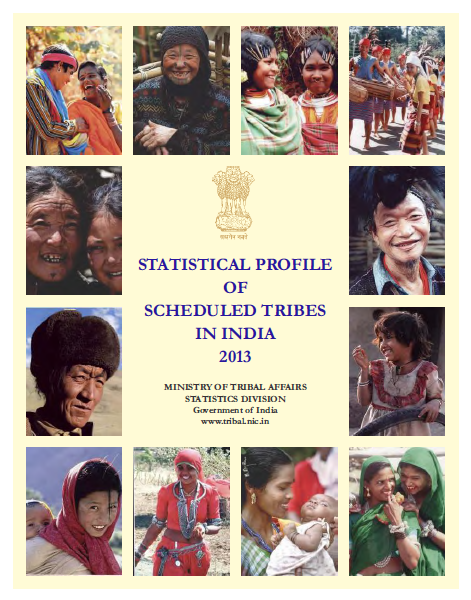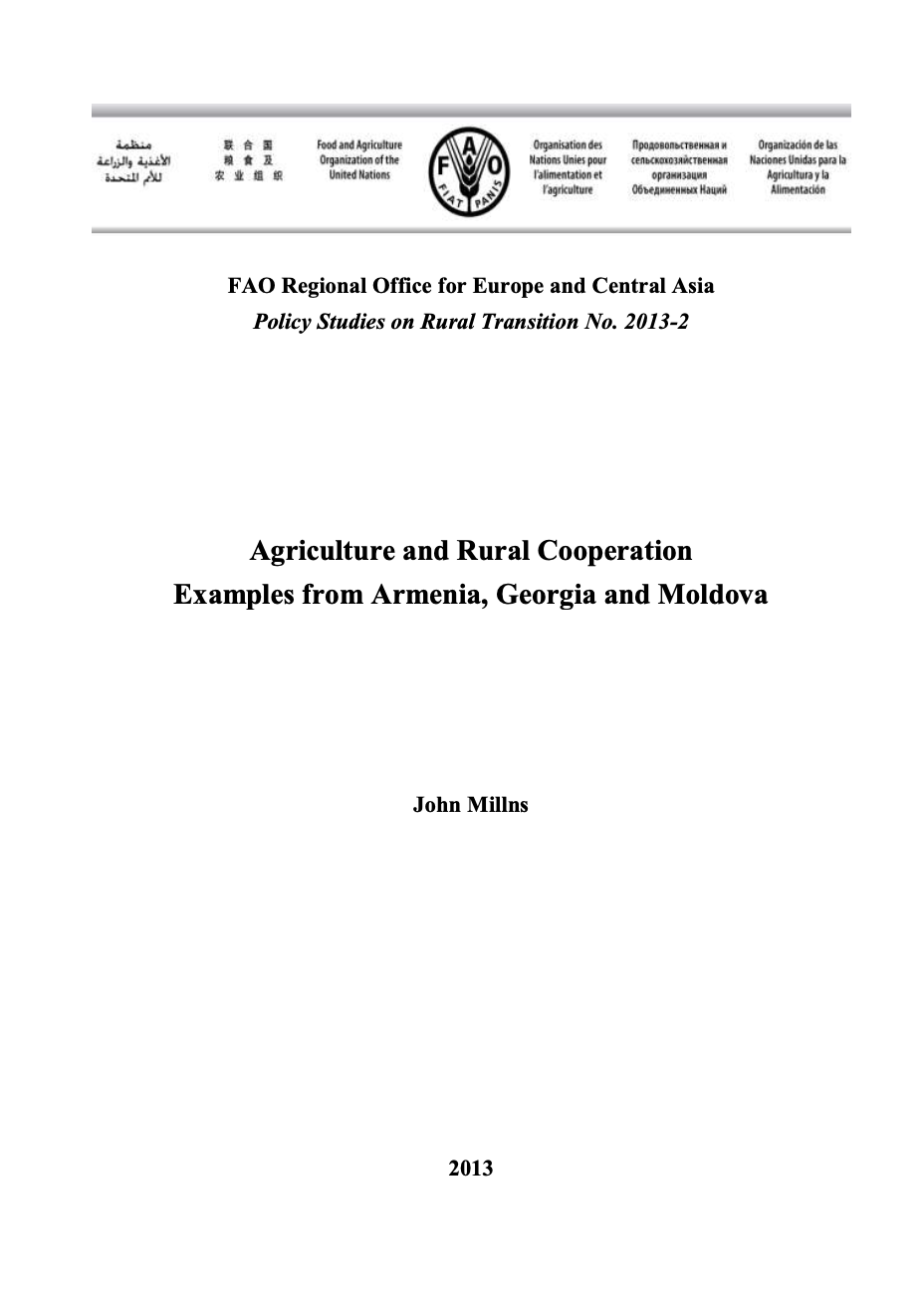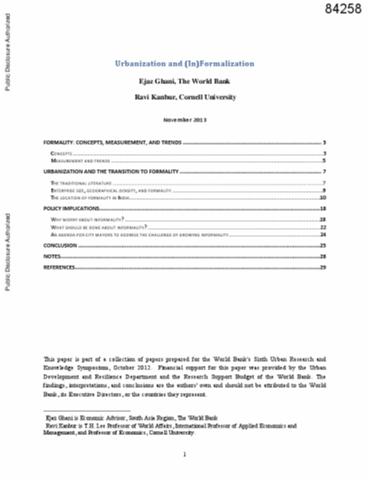Changes and interactions between forest landscape connectivity and burnt area in Spain
The spatial structure, functionality and dynamics of forest landscapes in peninsular Spain and the Balearic Islands were compared over the last five decades. Two particular features were studied in the sample sites: forest connectivity for wildlife and areas burnt by wildfires. 191 Squares, each 4km×4km, were selected from the SISPARES (the monitoring framework designed to evaluate the trends in the structure of Spanish rural landscapes) environmental strata.






